White crust on pots
Gzha
10 years ago
Related Stories
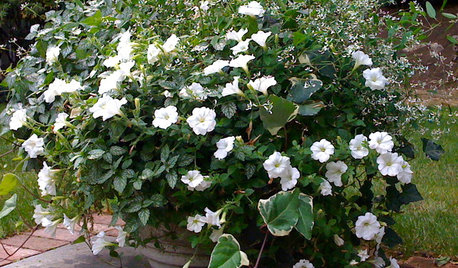
GARDENING GUIDES11 Perfect Plants for a Moonlit Garden — in Pots
Create an alluring after-dark aura on a patio or deck with container plants that glow white under the stars
Full Story
WHITEHow to Pick the Right White Paint
White is white, right? Not quite. See 8 white paint picks for 8 very different effects
Full Story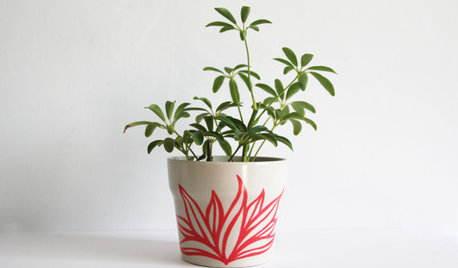
PRODUCT PICKSGuest Picks: Playful Planters and Pots
Get planting this season using pretty pots that move from indoors to outside with ease
Full Story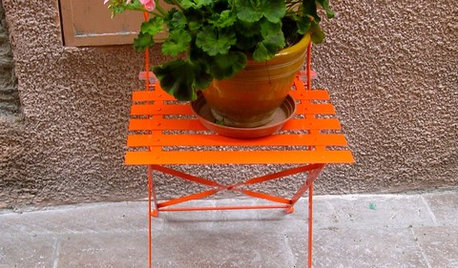
GARDENING AND LANDSCAPINGPotted Plants Perk Up the Streets of Coastal France
Dotting a stairway or perched on a café table, plants in colorful pots and vibrant flowers make a picturesque scene in a town on the coast
Full Story
GARDENING AND LANDSCAPINGGet the Dirt on Potting Benches
Possibly a gardener's best friend, potting benches have some surprising uses both outdoors and inside the home
Full Story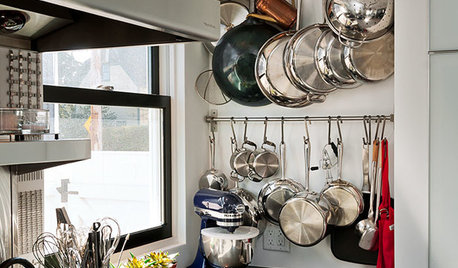
KITCHEN DESIGNHang 'Em or Hide 'Em: 10 Stylish Ways to Store Pots and Pans
Keep cookware neat and at the ready with racks, drawers and creative storage solutions
Full Story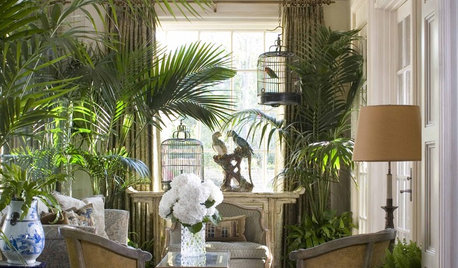
HOUSEPLANTSOne Pot, One Big Shot of the Tropics
Give your rooms exotic flair in a single stroke. Tall Kentia palm fits the tropical bill beautifully
Full Story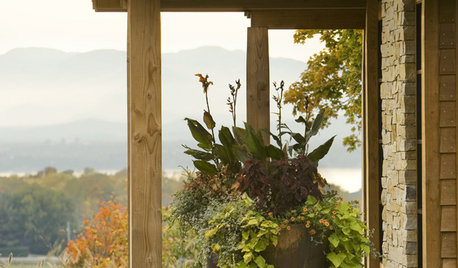
GARDENING GUIDESGrow a Beautiful Fall Garden in a Pot
Welcome autumn with 7 gorgeous plants that thrive in containers and enliven your porch or patio throughout the cooler season
Full Story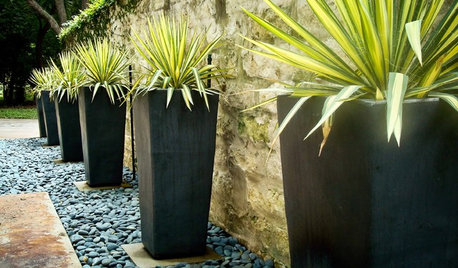
CONTAINER GARDENSWant Compelling Garden Minimalism? Think One Plant, One Pot
Highlight a show-worthy stunner or elevate a pedestrian plant by giving it a solo starring role in the garden
Full Story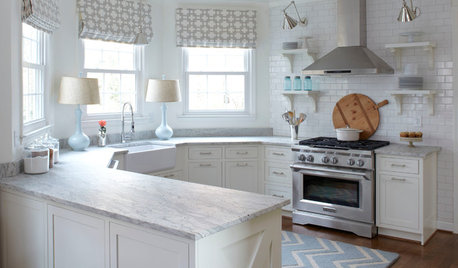
KITCHEN DESIGNHow to Keep Your White Kitchen White
Sure, white kitchens are beautiful — when they’re sparkling clean. Here’s how to keep them that way
Full StoryMore Discussions






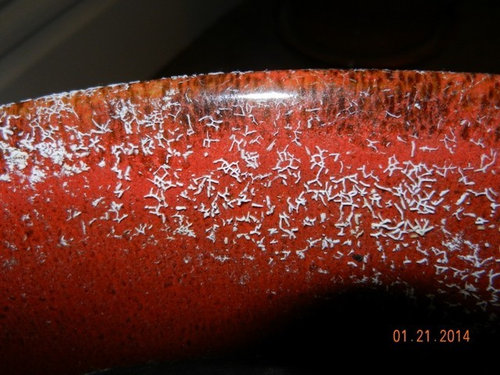



GzhaOriginal Author
tapla (mid-Michigan, USDA z5b-6a)
Related Professionals
Buford Landscape Contractors · Jackson Landscape Contractors · Wakefield Landscape Contractors · Westwood Landscape Contractors · Edmond Landscape Contractors · Cary Landscape Contractors · Eureka Landscape Contractors · Flagstaff Landscape Contractors · Holtsville Landscape Contractors · Lebanon Landscape Contractors · Mission Bend Landscape Contractors · Weymouth Landscape Contractors · Baileys Crossroads Landscape Contractors · Linton Hall Interior Designers & Decorators · Westbury Interior Designers & Decoratorsplantomaniac08
emerald1951
GzhaOriginal Author
tapla (mid-Michigan, USDA z5b-6a)
Ningy Ningrum
tapla (mid-Michigan, USDA z5b-6a)